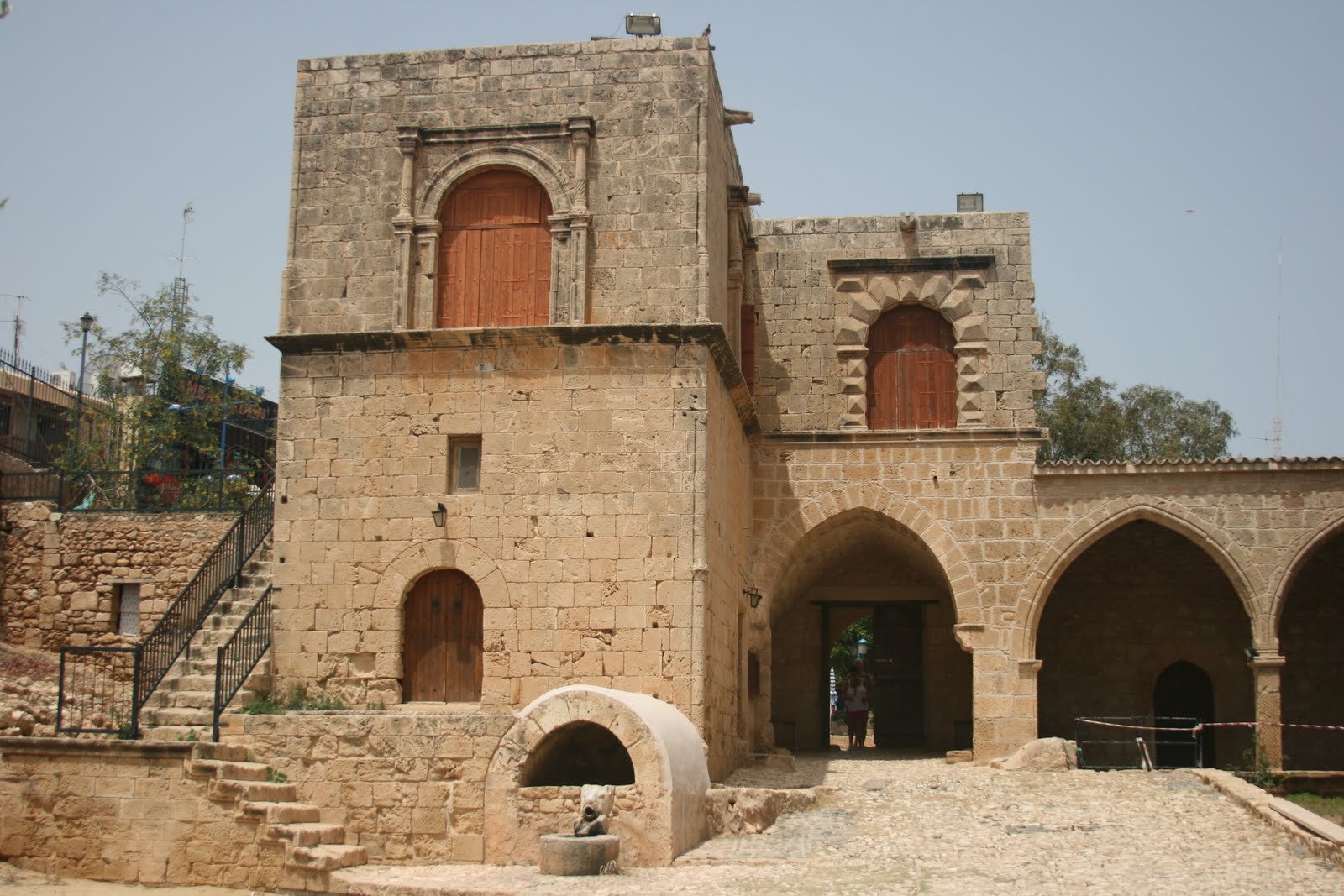This aqueduct is one of the few surviving in Cyprus and it dates back to the Roman period. The ruins are located in the region between Pyla Cape and Cavo Greco Cape. It is a complex structure which needs constant maintenance and protection in order to avoid leakage or the concentration of salts.
Today there is a long underground aqueduct carved in the rock, resulting in "Mana tou Nerou" (=Mother of Water), which functioned as a tank or water tower and which goes all the way to the monastery. The water was collected in a huge tank and was used for the irrigation of the fields. It also provided water to the fountain located in the center of the monastery’s courtyard. The aqueduct and the existence of building material in the area, made this place the perfect location for the construction of the Medieval Monastery of Ayia Napa.
The Department of Antiquities has taken on the maintenance and restoration of the monument (INTERREG III program) with the financial support of the Municipality of Ayia Napa. The aqueduct was excavated in order for the workers to be able to work on the part that either had not been maintained in the past, or had been discovered in the excavations of 2008.



